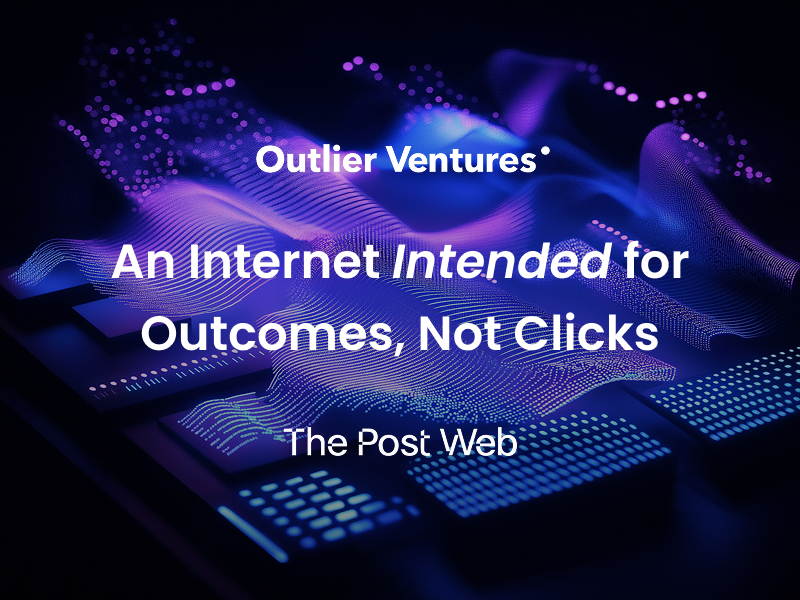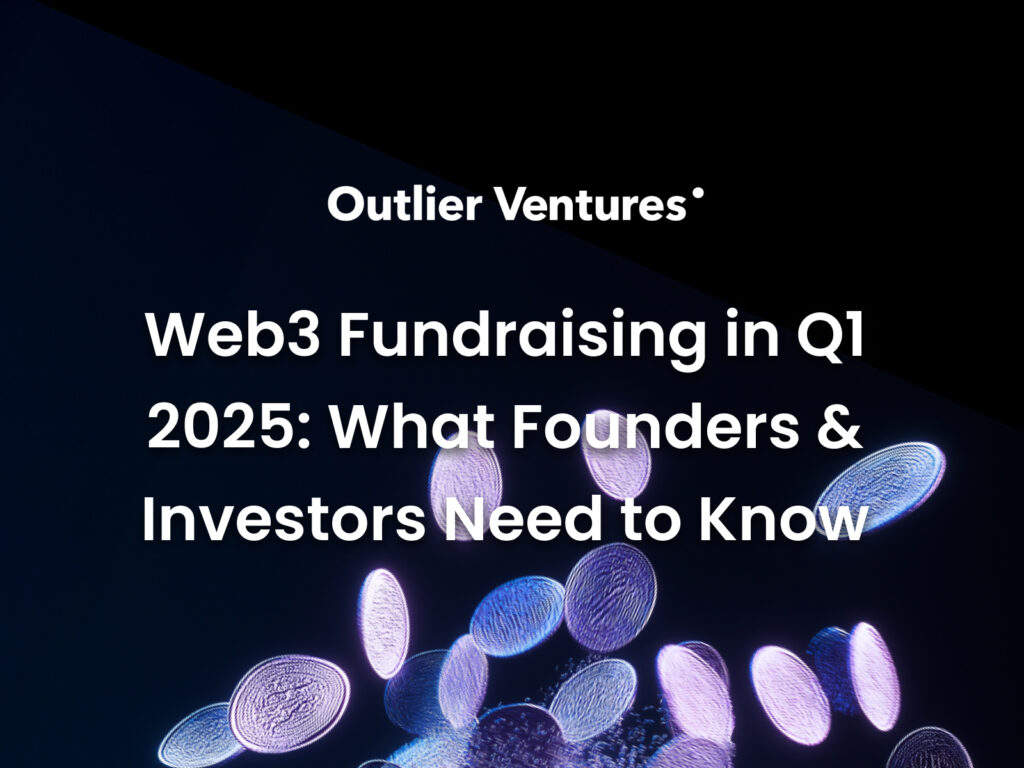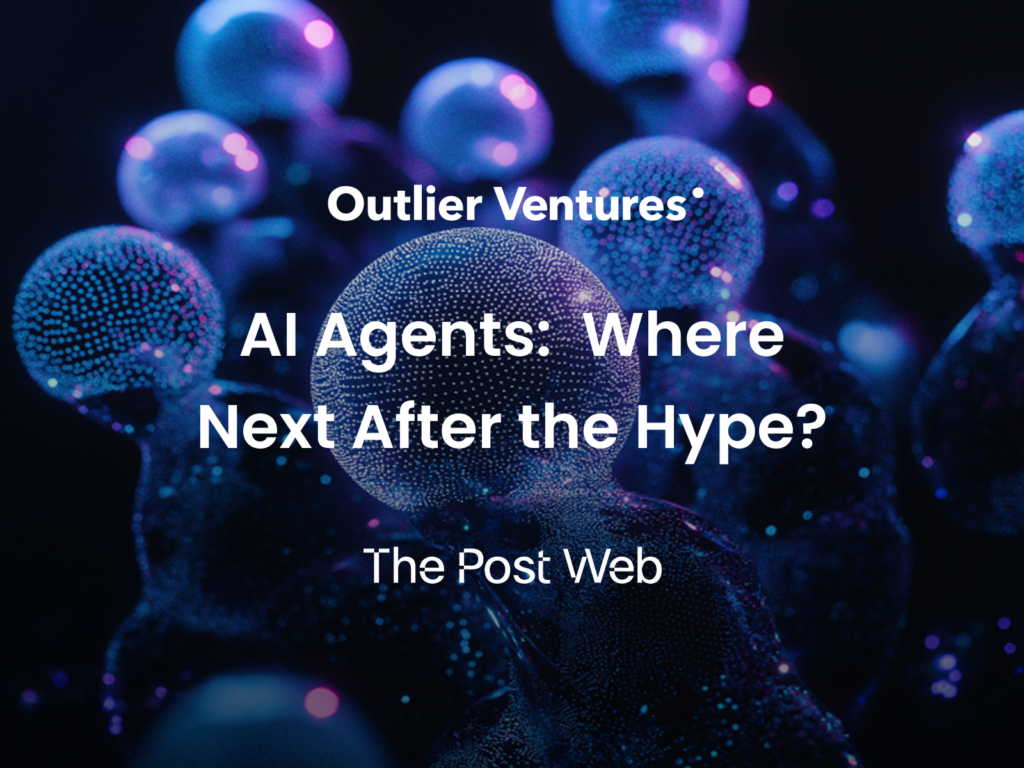Hundreds of developers, protocols, teams and individuals in the blockchain, artificial intelligence and IoT space joined for two days of intense hacking, talks and workshops at Factory Berlin. Our objective was to drive interoperability by joining forces to grow Web3.
The tone and format of the event was not about crypto theatre, ego and noise, it was strictly focused on collaboration and building. What made the event unique was the resolute focus on growing the space together, in an open exchange of ideas between protocols and teams across the technology stack from around the globe.
[ovgallery id=”qFs3boTo”]
Open collaboration was both a key theme for the 26 different protocols in attendance, but also in the audience themselves. The token engineering community ran their first track in a hackathon, whilst T-Labs, ETH Berlin and Odyssey Hack all ran their own tracks demonstrating the rich, diverse ecosystem of participants. This breadth of alliances enabled more diversity; important as we were building not only technology integrations but the foundations of socio-economic systems which will be defined by those that create them. The focus on creating a ‘big, open tent’ was also critical to bring in the 99% of developers not currently in the space.
What this meant practically was an event that was made up of two key areas:
(1) a hackathon where technologies, mentors and developers could engage in open dialogue about technical integration and applications, judged by theme and technology at the end of the two days.
[ovgallery id=”NjlCYszu”]
(2) a series of technical, short talks and workshops focused on building a more equitable, secure, privacy-preserving, scalable and usable Web3.
[ovgallery id=”Kuk5pjBF”]
Although Diffusion’s primary audience were developers, all components of the space that will be needed to realise the technology (UX, data science, engineering, business modeling etc.) were involved and able to gain inspiration from the discussions.
There was a huge range of diversity in the talks and workshops, you can see a sample of the agenda below:
Saturday 19th October:
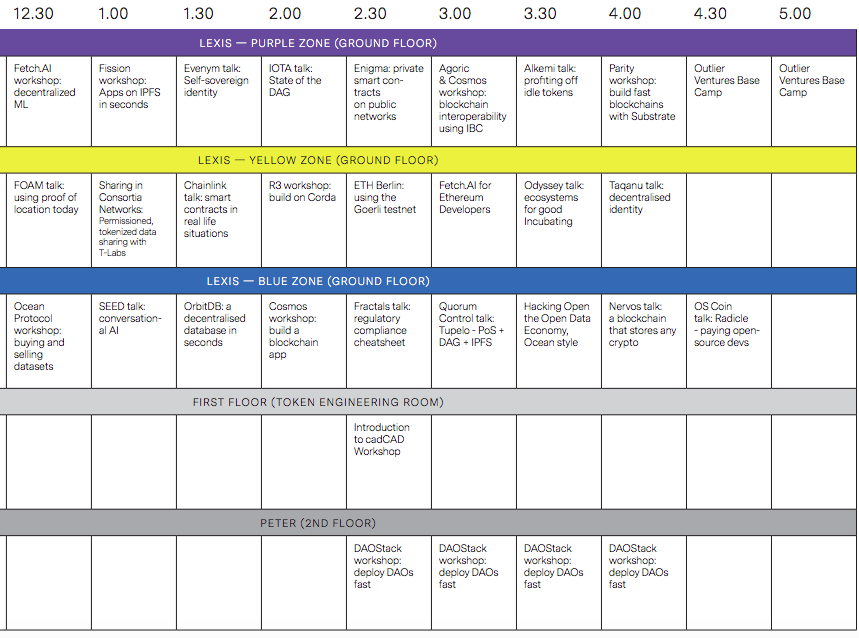
Sunday 20th October:
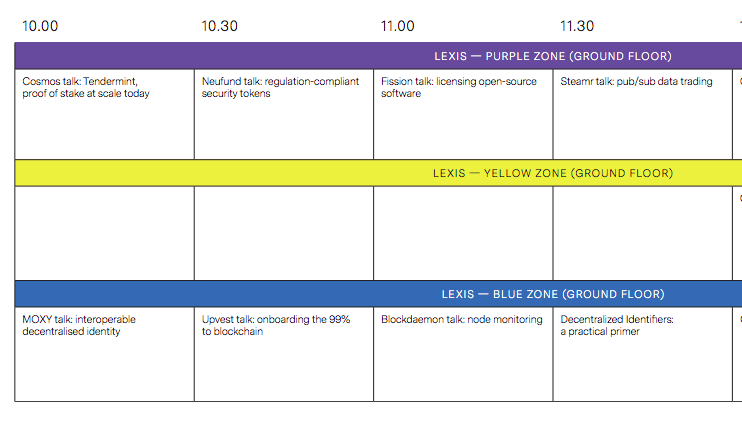
“How do I get started, how do I actually implement things, and how do I move fast?” Discussion throughout the hive of different floors in the old factory consistently focused on “how” vs “what” and “why”. Attendees were eager for more technical deep dives and the packed out token engineering workshop had to be run multiple times to cater for the number of people who wanted to know more. Hot topics also focused on the infrastructure of projects, both in terms of getting started on building and integrating with new code, but also from a legal, compliance and licensing standpoint.
There were big ideas, but what matters is that those ideas were executed upon. There were 45 great submissions to the hackathon and winners built on almost every technology within The Convergence Stack.
The full list of winners and prizes are hosted on DevPost here
[ovgallery id=”ZR3LVIyx”]
Thank you to everyone who was able to join us, either in person or virtually on our live streams, to the supporters, sponsors and to all of the Outlier Ventures ecosystem who put significant time, knowledge and energy into making the event deliver what it set out to do. We can’t wait to see you at the next Diffusion soon!

